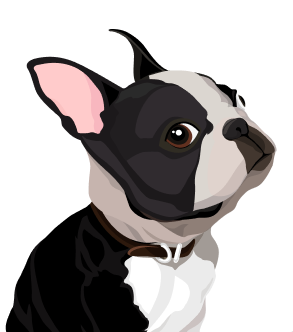A dog’s coat can show a lot of insight into their health. That’s why proper grooming is important, not only for your dog’s good appearance, but also for their health.
There are six major coat types:
- Long (Collie, Shih Tzu, Yorkshire Terrier, Golden Retriever)
- Medium (Central Asian Shepherd Dog, Labrador, German Shepherd)
- Smooth (French Bulldog, Dachshund, Basenji)
- Wire (West Highland White Terrier, Airedale Terrier, Riesenschnauzer)
- Curly (Bichon Frise, Poodles, Kerry Blue Terrier, Bedlington Terrier)
- Exotic (Puli, Komondor, Mexican hairless dog)
In this article, we’ll cover all the grooming essentials for all six coat types.
Long-haired dog grooming
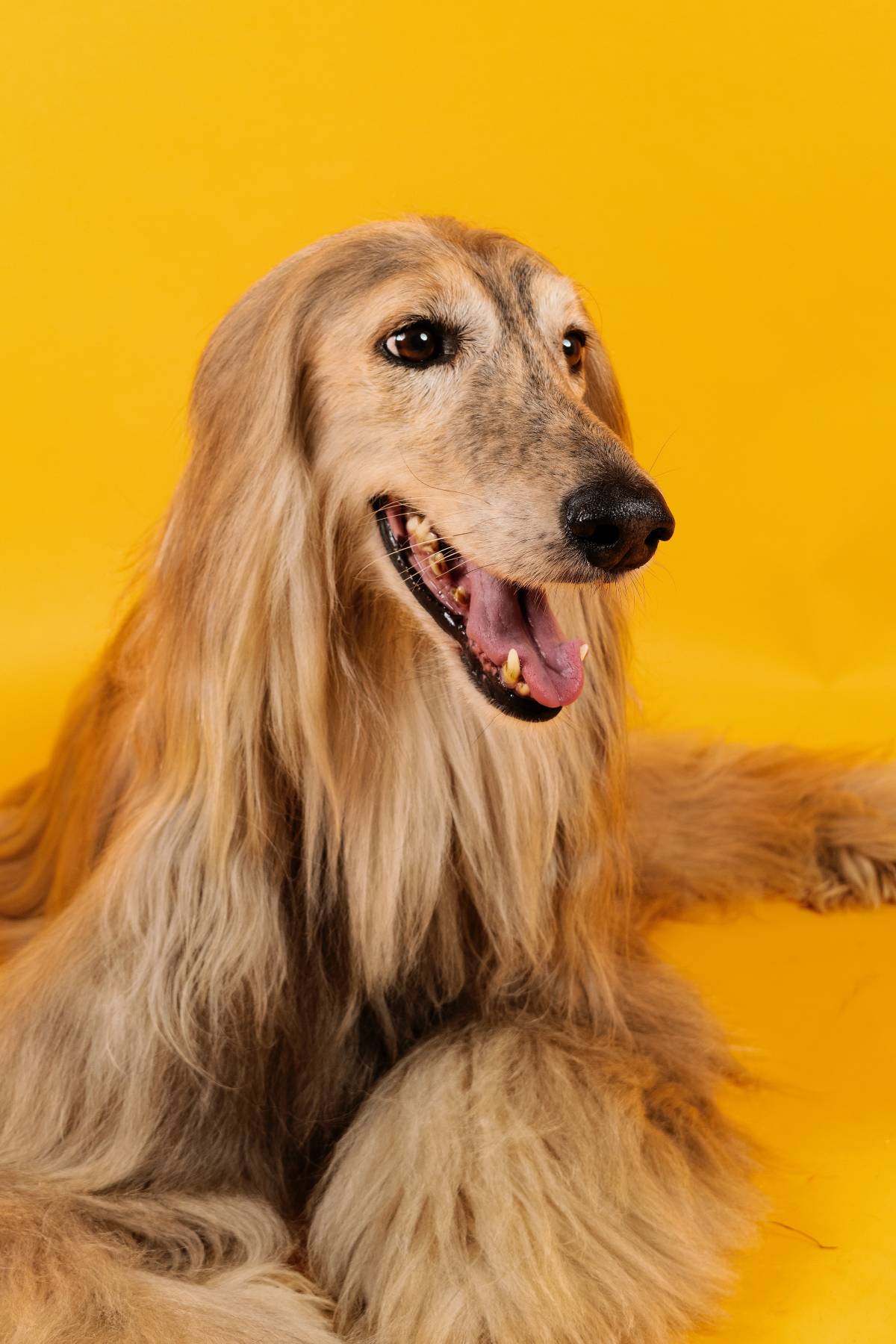
There are different types of long-haired coat types. Your dog’s hair might be silky (Yorkshire and Silky terriers) or more wiry (Shih Tzu and American Cocker Spaniel). Some breeds, such as English Cocker Spaniels and Lhasa Apsos, can boast of even more wiry coats.
But it may get even more complicated: English Cocker Spaniels, for example, have different hair types depending on the color. White hair is more stiff, brown hair is softer, and black hair is more rigid than brown. As a result, one dog can have up to three different hair types.
Long hair requires regular brushing to help with detangling and shedding, and it’s important to choose the right brush. We advise brushes with thin bristles that are made of natural materials. The areas around the eyes and anus and between the pads of the paws require special care, and the hair there should be cut shorter.
For your pet dog, monthly bathing is sufficient to prevent knots in your pet dog’s hair and to keep it looking shiny. For tangle-free long hair, it’s best to brush at least once a week.
Dogs that participate in dog shows, on the other hand, need to be brushed at least every other day. To prevent your show dog’s hair from tangling, you’ll have to use special balms, oils, and detanglers. Every parent of a long-haired dog has haircare products that are best for their dog’s hair.
Some owners of show dogs put their dog’s hair in pigtails or ponytails or make their dogs wear special caps to save their hair from the adverse effects of the day-to-day environment. All of this is done because beautiful hair is one of the most valuable assets for a show dog. Even if a dog outperforms everyone in the exhibition in terms of anatomy, they’ll fail to get a championship title if their hair looks poor.
In comparison with pet dogs that are bathed once a month, show dogs are washed almost weekly. Bathing a show dog is a complex ritual that requires a lot of care products. When a long-haired show dog is not going to participate in an exhibition soon, they are bathed with everyday care products. These products are used to keep their hair healthy between exhibitions. However, when a show time comes, show dogs are bathed with special professional cosmetics that have short-term impacts on coat shine and texture.
Medium-haired dog grooming
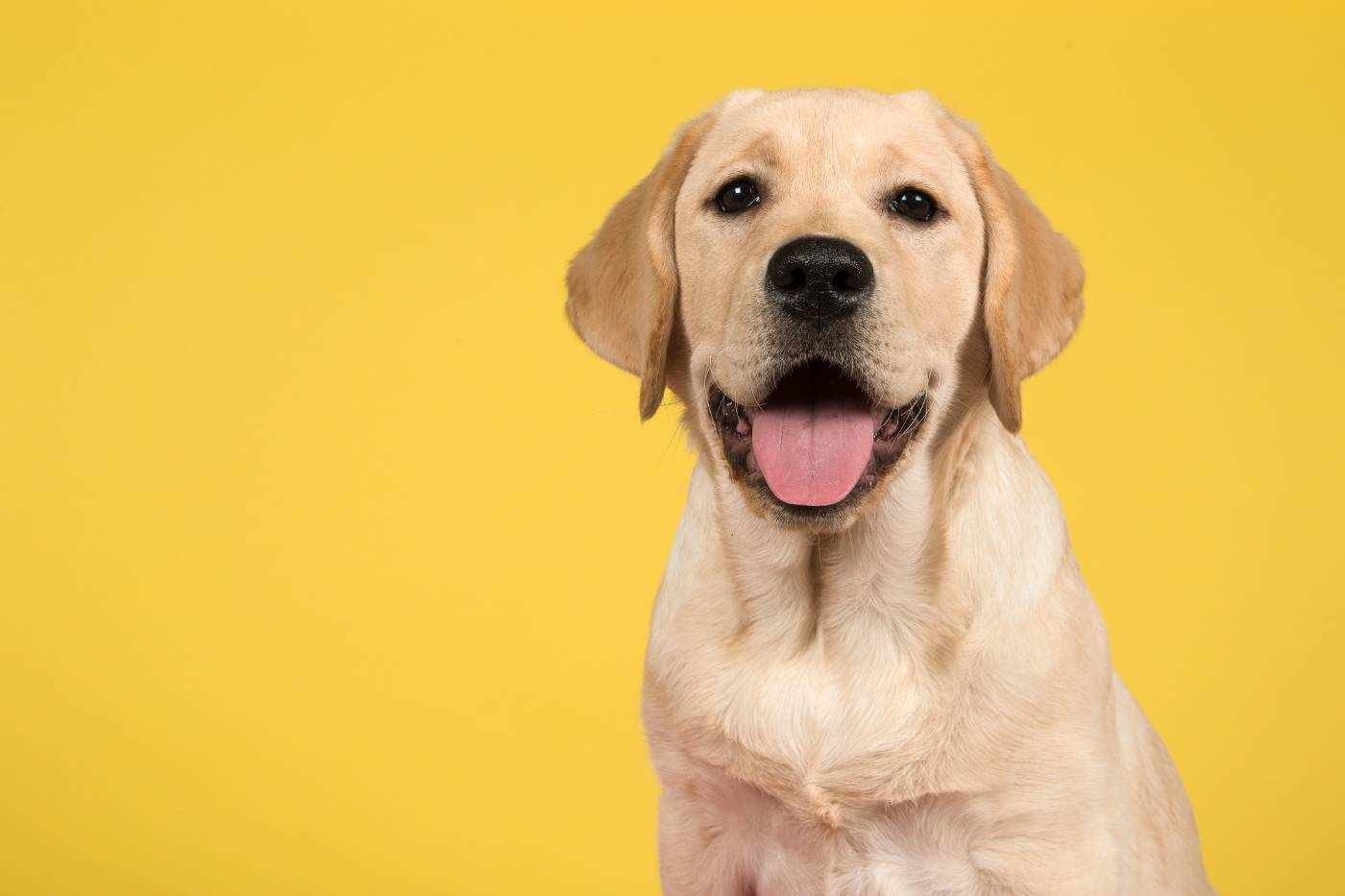
Medium-haired dogs have regular periods of shedding. Care for this type of coat is simple: it needs to be washed as soon as it gets dirty. Medium-haired dogs should be brushed once a week most of the year and daily during the shedding period, using a slicker-brush and a furminator.
Short-haired and smooth-haired dog grooming

Short-haired coats should not be confused with smooth-haired, although it might be easy to do so.
Short-haired dogs (such as Pugs, Thai Ridgebacks, Sharpeys, Rottweilers, Beagles, and others) have hair from 2 to 4 cm in length as well as undercoats. A short-haired dog’s grooming has its own peculiarities. Some short-haired dogs (for example, beige Pugs) shed all year round, which can create additional difficulties for owners.
If you are an owner of a pet short-haired dog, you can wash them once a month, using any moisturizing shampoo for dogs. After washing, thoroughly wipe your pet with a microfiber towel and let them completely dry naturally.
You can also brush your short-haired pet with a gentle brush. Regular brushing stimulates the skin and makes the hair smooth, clean, and shiny.
Smooth-haired dogs, on the other hand, either have no undercoat or only a short one. Some examples include Hungarian Vizsla, Doberman, Weimaraner, Basenji, or Dachshund. So, what are the main secrets of smooth-haired dog grooming?
Smooth-haired dogs are relatively easy to take care of. However, even among smooth-haired dogs, different breeds have different coat structure. Even one particular Dachshund, for example, may have a different hair length than another. This can be related to the dog’s living conditions: let’s say one dog lives in a detached house with a big yard and spends almost the whole day outside, and the other one lives in an apartment and walks for 20 minutes a day. Naturally, the first dog will have a thicker undercoat, and the second one will have no undercoat at all.
Keep in mind that some smooth-haired dogs have a needle-like hair structure. That means that the dog’s hair sticks strongly to your clothes, carpets, and soft furniture. This is the primary drawback of smooth coats.
However, some smooth-haired dog breeds (such as Dalmatians) shed all year round. This can be a challenge for haircare.
If you have a pet-class four-legged friend, the minimum care will include washing (once every two months) with any moisturizing shampoo. After washing, you can dry your pet with a microfiber towel. If possible, rub your four-legged friend’s fur with a rubber brush. It will help to remove fallen hairs.
Show-class smooth-haired dogs require quite sophisticated and complex grooming because the muscles and contours of the dog must be outlined. This is even more difficult than cutting long hair, as there is very little hair but the dog must be shown correctly.
Wire-haired dog grooming
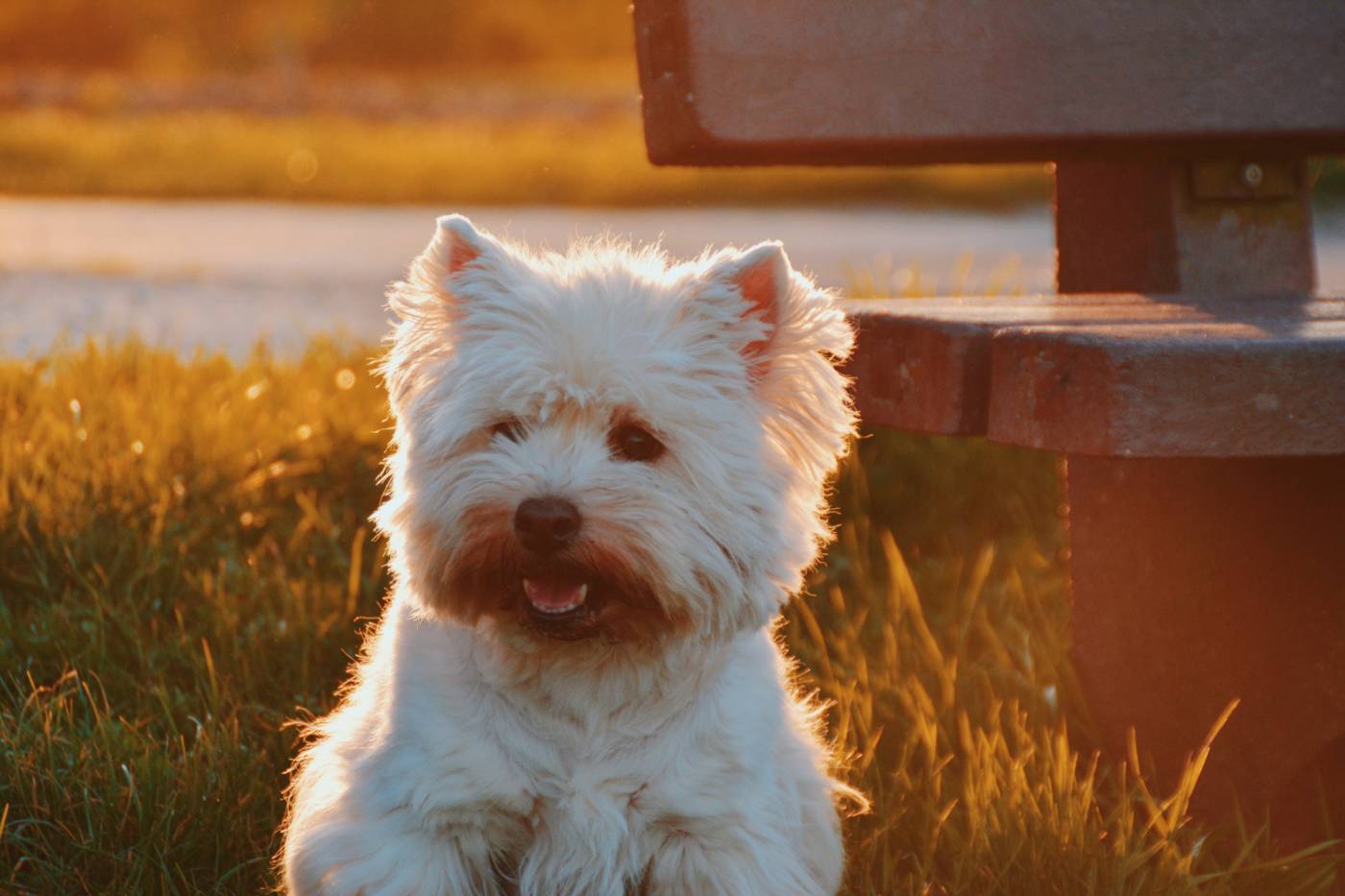
Care for wire hair is based on three pillars: combing, cutting, and stripping, the latter of which is most important. Stripping involves plucking or pulling out the dog’s dead hair, because in this type of coat, dead hair does not fall out by itself. So, with proper care, wire-haired dogs don’t shed.
Wire-haired dogs should be hand-stripped once every three to four months.
If you find that your dog’s coat needs frequent stripping, it is okay to do that yourself, but first you should visit the groomer and observe their work.
Of course, you can learn how to hand-strip your dog yourself. If you see that your dog’s hair has grown, and they started to shed all around the house, you can start hand-stripping them. For that, you should purchase a hand-stripping knife in advance. You can remove the dead hair gradually, as it grows back, or wait until all the hair grows and remove everything at once.
The duration of the procedure itself can be different, because each dog’s hair has its own peculiarities. Some dogs may have tougher hair, some may have less volume, and some may have a thicker undercoat. On average, trimming, for example, a Miniature Schnauzer takes about 2 hours, and a cosmetic haircut takes another 30 minutes.
If, instead of hand-stripping, you prefer to cut or shave your dog’s hair, the structure of the coat will change. It will become softer, get matted, lose its water-repellent qualities, and in addition, it will start shedding. The wire structure of the hair can be restored after cutting or shaving, but it takes some time.
Some pet parents don’t dare to hand-strip their dogs because they think that it’s painful for them. However, when the hair is grown enough, you can remove it freely. Of course, hand-stripping is not as pleasant as petting, but it doesn’t bring any strong discomfort. If, for some reason, hand-stripping is urgently needed, but the hair is not quite ready to be removed, your dog may feel some discomfort. But your dog will be able to adapt to this feeling.
So, it’s up to you whether to hand-strip or shave your dog. If you want your dog to look like a true representative of their breed, and you want their hair to “work” correctly, so they don’t shed or smell, then, of course, hand-stripping is a must. If it is more convenient for you to cut your dog’s hair, and you are ready to accept that your dog’s hair will become soft, you can cut it or shave.
If you cut your dog’s wire hair, regular brushing is more important than washing. Otherwise, without proper brushing, your dog’s coat will get tangled and matted.
It is not recommended to wash wire-haired dogs often, because frequent washing makes the coat softer.
If you have a pet-class dog, you’ll only need a moisturizing shampoo to wash them. However, if you have a show-class dog, we would recommend washing them once a month with a moisturizing shampoo and conditioner. Wire hair needs to be nourished and its growth should be stimulated. If the hair is too dry, it breaks off. The night before a dog show, apply special cosmetics rather than washing your dog.
Curly-haired dog grooming
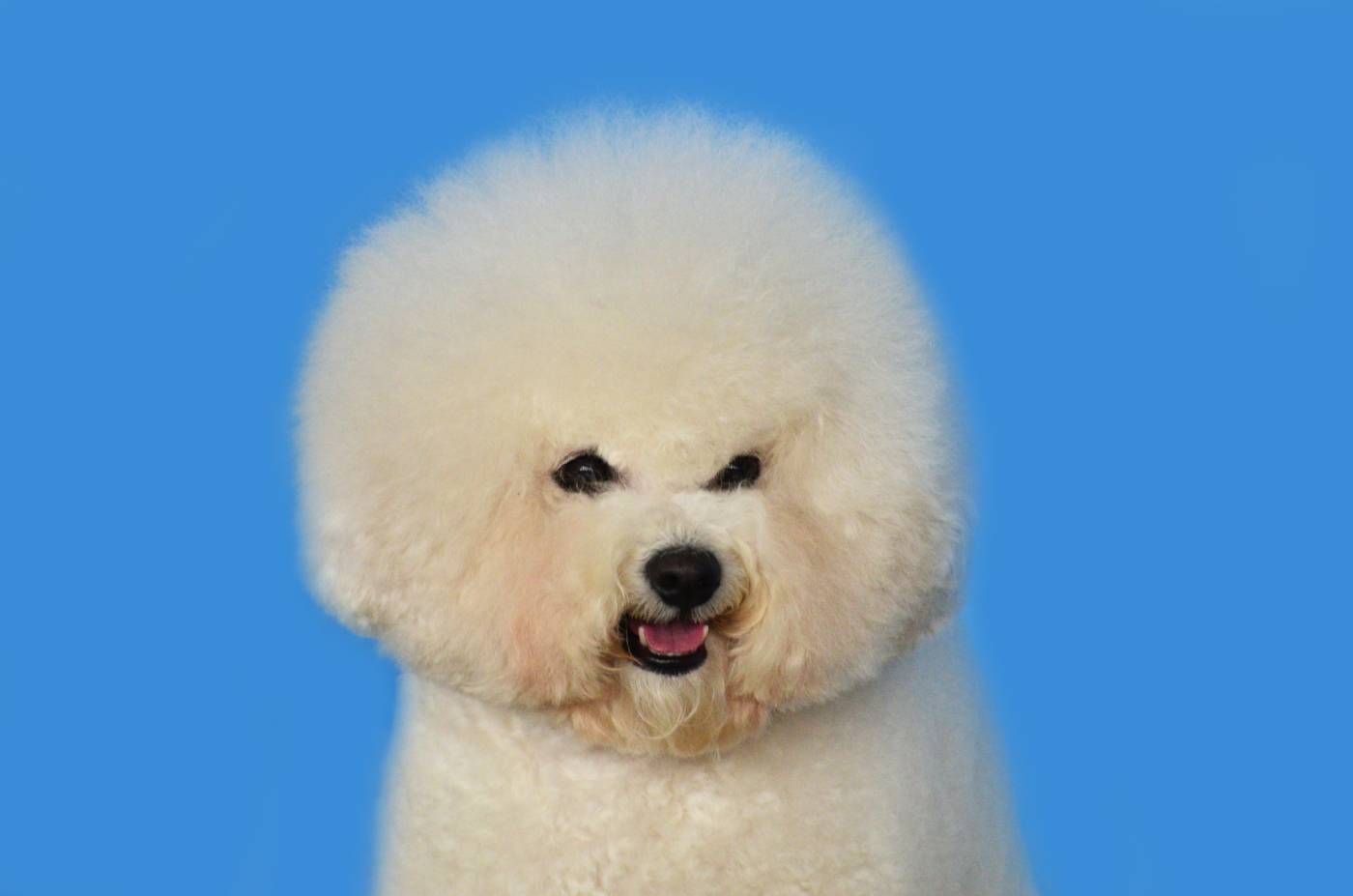
Curly-haired dog coats have benefits and downsides. On one hand, a dog’s curly hair doesn’t shed or smell, and it has waterproof qualities. On top of that, curly dog hair is rich in volume, which allows you to experiment with a variety of haircuts.
On the other hand, such a coat grows quickly and therefore has to be trimmed regularly. Curly dog hair is also prone to matting and tangling, which is why it should be brushed at least once a week. The softer the dog’s hair is, the quicker it gets tangled.
The coat structure of curly-haired dogs can change over the course of their life. For example, there are certain lines of poodles whose coats become quite tough by the age of three years.
If you have a pet dog, you can wash them once a month. If you are an owner of a show dog, you should bathe them at least once every two weeks.
Grooming tips for dogs with exotic hair
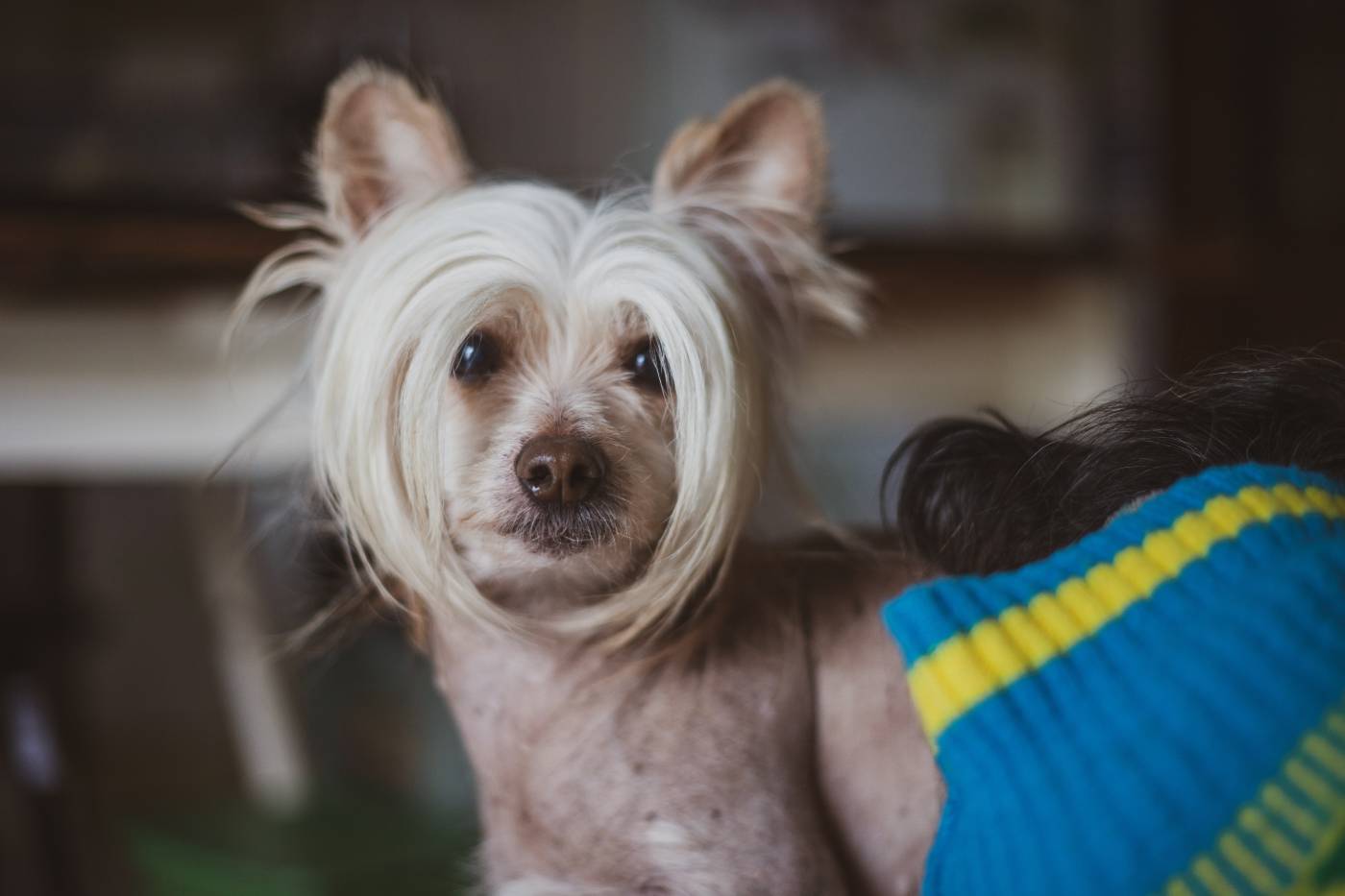
It is impossible to come up with general tips for all dogs with exotic hair as these dogs can be extremely different. For example, Mexican hairless dogs have absolutely no hair and Komondors have hair that is twisted into bundles (dreadlocks). Each dog with exotic hair has specific grooming recommendations. In order to learn how to correctly care for such dogs, you need to contact a grooming specialist who will teach you. It is necessary to learn how to properly care for your dog’s hair in order to avoid harming them.
No matter what your dog’s hair type is, remember that proper grooming is essential for their wellbeing—not to mention their appearance and hygiene!
